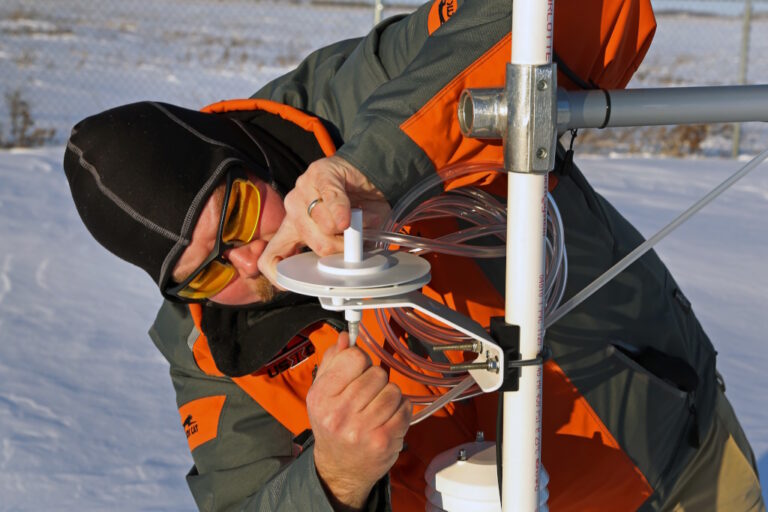Atmospheric Sciences Seminar: Fovell
FOR IMMEDIATE RELEASE
John D. Odegard School of Aerospace Sciences
Contact: Karen Ryba/Phone: 701-777-4761
August 25, 2008
UND Atmospheric Sciences Seminar
***
“Why and How Cloud Microphysics Influences Hurricane Tracks”
(Grand Forks, North Dakota): Professor Robert Fovell, University of California Los Angeles, Department of Atmospheric & Oceanic Sciences, will present a seminar on “Why and How Cloud Microphysics Influences Hurricane Tracks” on Thursday, August 28 at 3:00 pm in Streibel Hall, Room 106.
Recently, Fovell and Su (2007) showed that the choice of microphysics scheme could significantly influence the track of hurricanes simulated with the Weather Research and Forecasting (WRF) model, even over relatively short (54 hour) integration periods. Simulations of Hurricane Rita, for example, revealed a spread of predicted landfalls comparable to those forecasted by the National Hurricane Center’s multi- model consensus, just by varying how condensed water is handled.
The reasons why microphysical assumptions can have a first- order influence on hurricane motion are demonstrated and explained using an idealized version of the same model. In a nutshell, hurricane motion is sensitive to the winds at relatively large radius (300- 700 km) from the core. Those winds depend on pressure gradients that can be easily and directly altered by manipulating the radial variation of temperature. Through evaporation rates, fallout speeds, and radiative effects, microphysics determines how condensation is formed and where it spreads, and thus influences radial temperature gradients, which determines radial pressure gradients, which produces the winds that determine the tracks. As a result, high quality observations from a wide region surrounding the storm are of great value, and the development and tuning of new and better microphysical schemes is strongly motivated.
This seminar is free and open to the public. Faculty, staff and students are encouraged to attend.
About Atmospheric Sciences: In addition to the Ph.D. program, the Department of Atmospheric Sciences offers a Bachelor of Science, a Master of Science, and an undergraduate minor program in Atmospheric Sciences. Research areas of interest include atmospheric chemistry, surface transportation meteorology, radar meteorology, climate analysis, cloud physics, radiation, ground- and satellite-based remote sensing, aviation meteorology, hydrometeorology, mesoscale meteorology, data assimilation, numerical weather prediction, and weather modification. The Atmospheric Sciences department has played a major role in research for a number of Federal and state agencies, including the DOE, NASA, NDARB, FHWA, USDA, and DOD.
– # –
The Odegard School news releases are available on-line at http://www.aero.und.edu and click News for a list of news releases.

